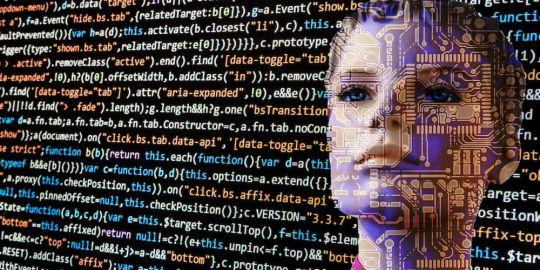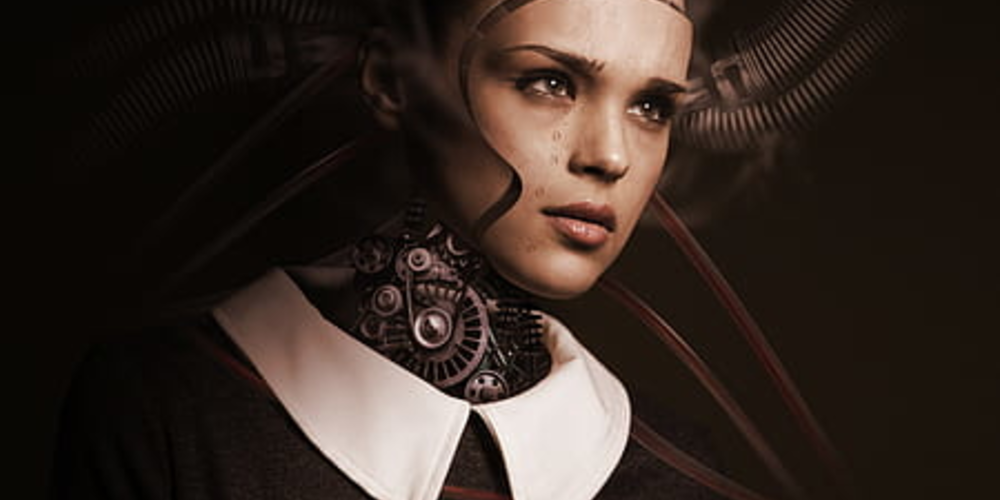
Artificial intelligence has become a significant part of our lives, enabling us to achieve new levels of efficiency and creativity. However, as AI-generated images become more prevalent and realistic, it's essential to learn how to distinguish them from real photographs. This article will provide you with some tips on identifying AI-generated images, ensuring you're not duped by these incredibly lifelike creations.
1. Scrutinize Human Details in the Image

One of the first things you should pay attention to is how humans are represented in the picture. AI struggles to accurately reproduce human body parts because they're complex, so paying close attention to these can help you identify if there's something wrong with the image.
Look at the hands, feet, ears, and noses. Then assess whether they look unnatural or not. For instance, there may be inconsistencies, such as an unusual number of fingers, abnormal shape, or peculiar positioning. Similarly, look at facial details that might look strange, especially around the eyes and on the ears, as these are often harder to generate for AI. A tricky feature to reproduce for AI is wrinkles and lips, which need to be consistent across the face, and a discrepancy in these can also be a sign the image isn't necessarily a real photo.
2. Examine Patterns and Textures
AI-generated images often exhibit unusual patterns and textures, which are a result of the algorithms used to create them. Pay close attention to the background, clothing, and other objects in the image, looking for repetitive patterns, inconsistencies, or irregularities that may indicate the image is computer-generated.
For example, you may notice a symmetrical pattern in a piece of clothing that doesn't quite match the natural folds and creases expected in real fabric. Or, a supposedly random pattern in the background may appear too uniform or display an unnatural repetition.
3. Check the Lighting and Shadows

Real-life photographs have consistent lighting and shadows, which help create a sense of depth and realism. AI-generated images, on the other hand, may struggle to accurately replicate these effects. When examining an image, pay close attention to the direction of the light and the resulting shadows. If the lighting seems inconsistent or the shadows don't match the light source, it could be a sign that the image is AI-generated.
Additionally, look for instances where the lighting appears flat or lacks depth. AI-generated images may struggle to convey the subtle interplay of light and shadow that occurs in real photographs, resulting in images that appear less realistic.
4. Inspect Fine Details and Edges
AI-generated images can sometimes struggle with fine details and sharp edges, leading to blurry or indistinct areas in the image. When examining a picture, pay close attention to areas of high contrast, such as the edges of objects or areas where different colors meet. If these areas appear blurry, smudged, or otherwise poorly defined, it could be an indication that the image is AI-generated.
Also, consider the overall sharpness and clarity of the image. Real photographs can exhibit a wide range of sharpness, depending on the camera and lens used, but AI-generated images may struggle to replicate this variation, resulting in images that are either too sharp or too blurry.
5. Look for Unusual Image Artifacts

Finally, you may notice unusual artifacts in AI-generated images, which can be subtle but are often telltale signs that the image is not real. These artifacts can include strange pixelation, color banding, or other distortions that don't typically appear in real photographs.
Pay close attention to smooth gradients or areas of a single color, as these can often exhibit unusual artifacts in AI-generated images. Additionally, look for areas where the image appears to have been compressed or otherwise degraded, as this can also be a sign that the image is not real.
As AI-generated images become more sophisticated, it's crucial to stay vigilant and develop the skills necessary to identify these fakes. By following the tips outlined above and paying close attention to the details in an image, you can increase your chances of spotting AI-generated images and ensure you're not fooled by these impressive but potentially deceptive creations.